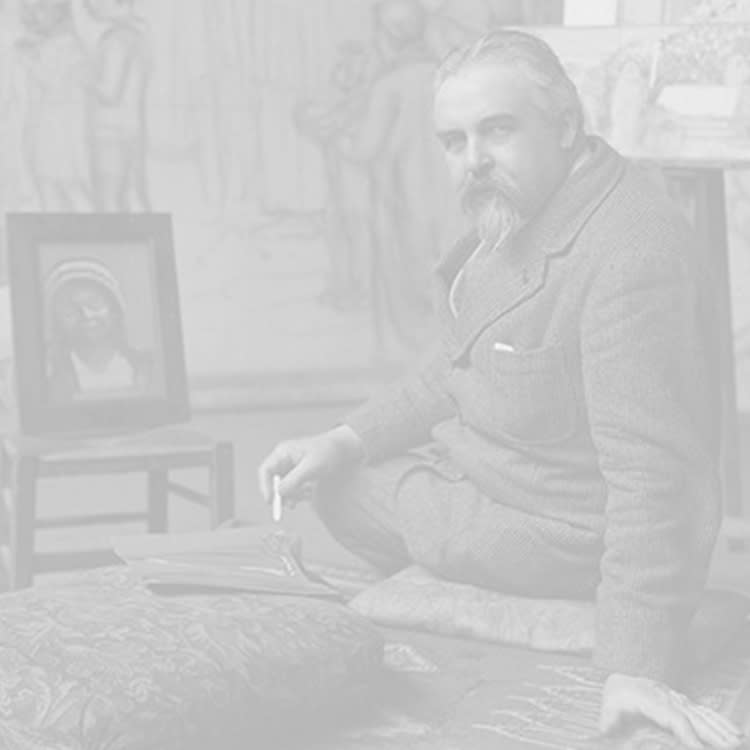MAURICE DENIS 1870-1943
Maurice Denis (1870-1943) was a major artist of the early 20th century, whose works are available at HELENE BAILLY gallery. A painter, writer, and theorist, he played a pivotal role in the evolution of modern art, laying the foundations for Cubism, Fauvism, and abstraction. Through his artistic and intellectual engagement, he championed a vision of painting where spirituality, symbolism, and decorative elements harmoniously intertwine.
Born in 1870 in Granville, he discovered his artistic vocation at an early age. In 1884, a visit to the Louvre became a revelation, leading him to take drawing lessons before enrolling in 1888 at the Académie Julian in Paris, where he met Paul Sérusier. Sérusier introduced him to the principles of synthetism and cloisonnism, influenced by Paul Gauguin, marking the birth of the Nabis movement, of which Denis became a founding member.
By 1892, he was exhibiting at the Salon des Indépendants, asserting a bold style that combined flat areas of color, simplified forms, and religious symbolism. His work drew inspiration from medieval art and Renaissance Italian painting, particularly Fra Angelico, whom he deeply admired. Maurice Denis was an artist who bridged modernity and tradition, seeking to imbue painting with a spiritual and decorative dimension.
His work was shaped by two major influences. The first was Christianity, reflected in his frescoes and deeply expressive religious paintings, culminating in La Légende de Saint Hubert in 1897. The second was intimate and personal, exploring femininity and nature, with compositions filled with softness and lyricism.
During the 1910s, he established himself as a leading international figure, exhibiting widely, including at the Venice Biennale in 1922 and the Pavillon de Marsan in Paris in 1924. Committed to preserving and passing on artistic heritage, he also contributed to the restoration of the Chapel of the Prieuré in Saint-Germain-en-Laye, which is now a museum dedicated to his work.
Maurice Denis passed away in 1943, leaving behind a profound artistic legacy that continues to influence generations of artists.




